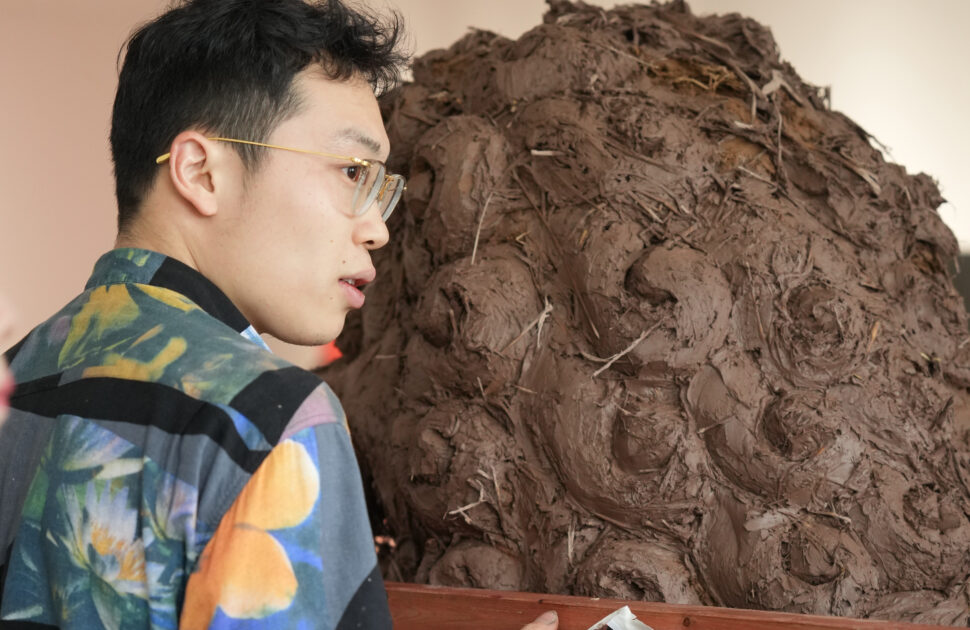
WANG YUXIANG
Wang Yuxiang was born in 1997 in Anhui, China. His works are on permanent display in public and institutional venues. His research focuses on the fusion of Mediterranean culture with his Eastern culture of origin through the use of simple materials and a seemingly concise visual language. Time, history, and memory are the conceptual leitmotifs that guide his work; the artist distances himself from the place where he intervenes to analyze particularities, returning them through site-specific visual architectures. Influenced by deconstructionism, he initiates a preliminary research and study of the context in order to intervene on it later. The themes explored revolve around the promotion of equality in contemporary art, deconstruction of context, reflection on hidden violence and rights in aesthetics and the social landscape, and analysis of the feasibility and practicalities of protecting cultural heritage. His training, initiated from his birthplace and implemented during his extended stays and travels, allows him to combine his research with a consideration of cultural diversity and Western centrism in the context of globalization.
How important is the past for imagining and building the future?
This is a slow dialectical process, and it has no end. It is the daily work. Of course, speaking for myself, I avoid putting nostalgia at the forefront.
What are the elements you would like to/and work on further?
This time I am very interested in the village millstones. It has a sense of the certain shared way of living and thinking.
Tell me more about the work for Seminaria?
I happened to talk to a villager who told me about a religious event in which the entire village collaborates to carry St. Michael up the hill. I asked how he managed to lift a weight sculpture to the top of the hill, an activity that is actually quite common in Italy. He told me it took “balance and passion.”
In addition, the village was a sharing village, with the custom of renting mills, oil mills and stoves.
That’s how I wanted to make a vertical mill in a high place, with a water system to wash it. And connect it to the distant landscape as an abstract wheel.
“Lateral” points of view, details that are caught from which even very distant reflections arise, the ability to be able to observe what is extraordinary in what is obvious or established, do you think this is due to the multiple cultures you experience? How do Western and Eastern cultures converge in your works?
For example, as in the postwar period, as in the case of philosophical and artistic phenomena, the study of ontology has moved toward deconstruction, which means that “values” are always being defined and discussed, which leads to freedom and at the same time has no end. There is something interesting about being confused and lucid at the same time, and it makes you want to know more. In the work these thoughts, which permeate it through fermentation, are not a thing of intrinsic impression. As when talking about the East, I would say that the place where I was born has also experienced modernization in recent times, an amalgamation of communist and capitalist thought.Even if you think of Lao Tzu, he can even say cynical. So many cases Lao Tzu has even become a religion.After being translated into several languages, the gap in it creates mystery. There is a desire for mystery here that you cannot deny that this is also the pursuit of need. You can only aim for a constant dialectic, otherwise you remain in the inherent impression.
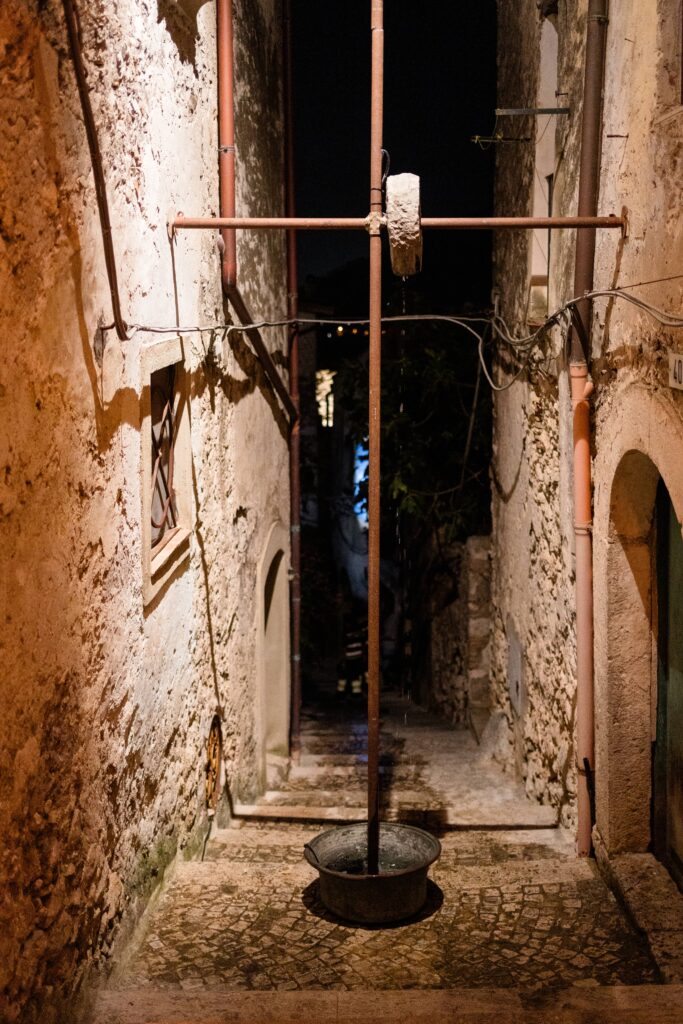
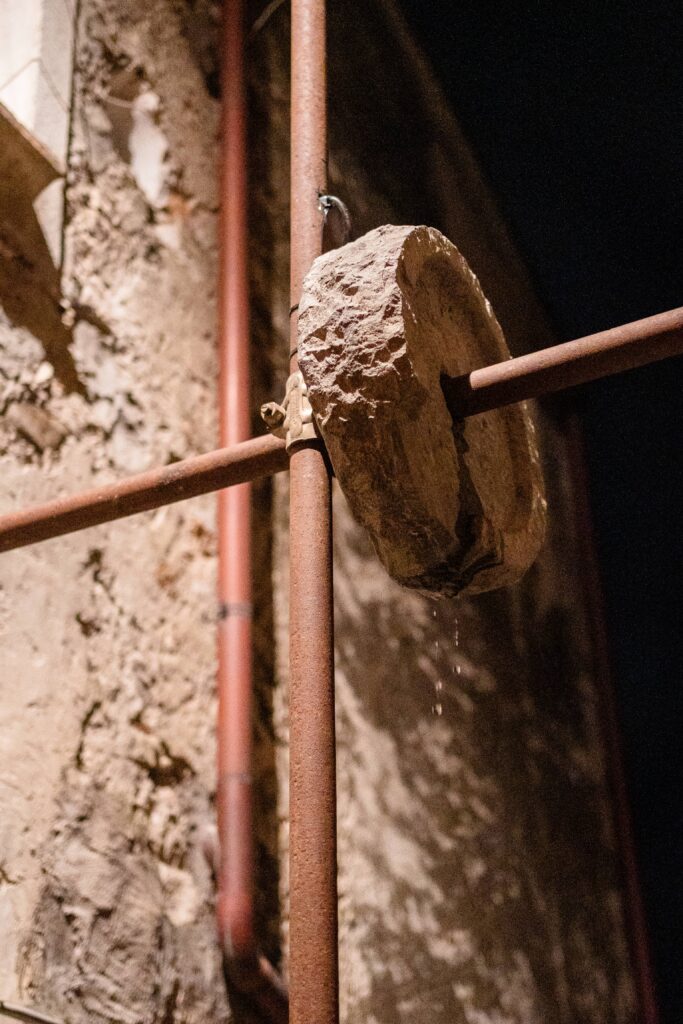
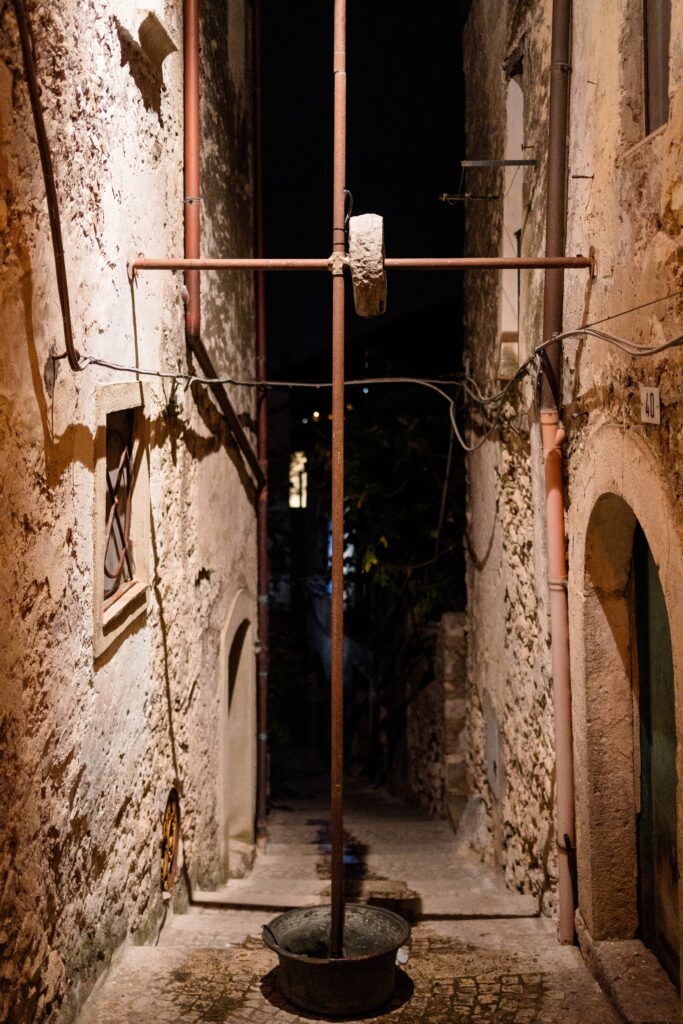
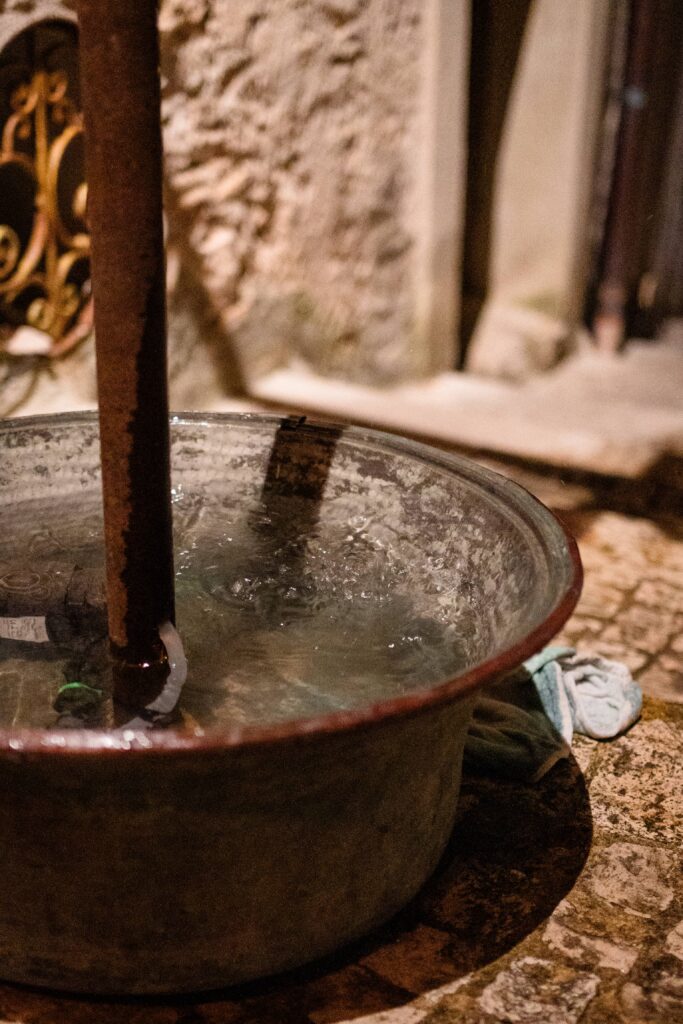
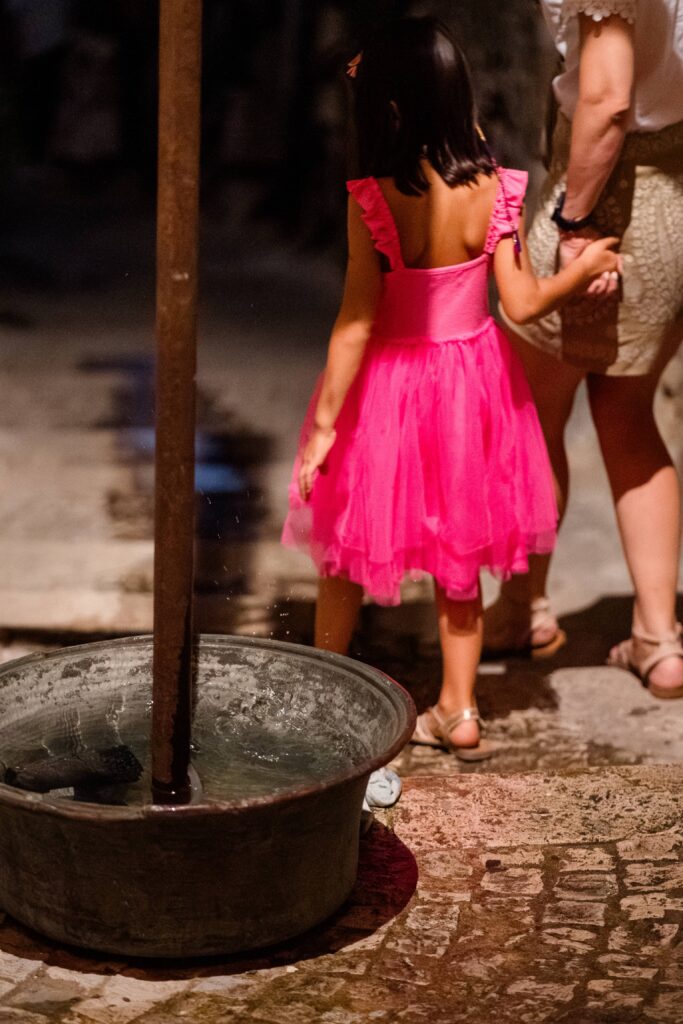
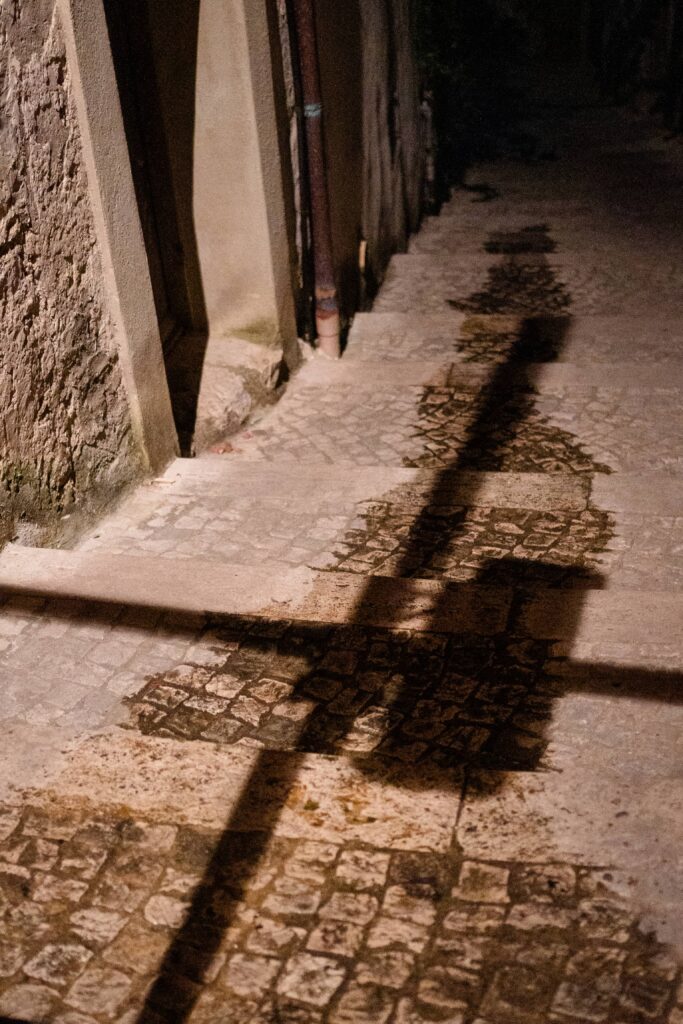
This post is also available in:
Italiano (Italian)
